Whispers of the Deep
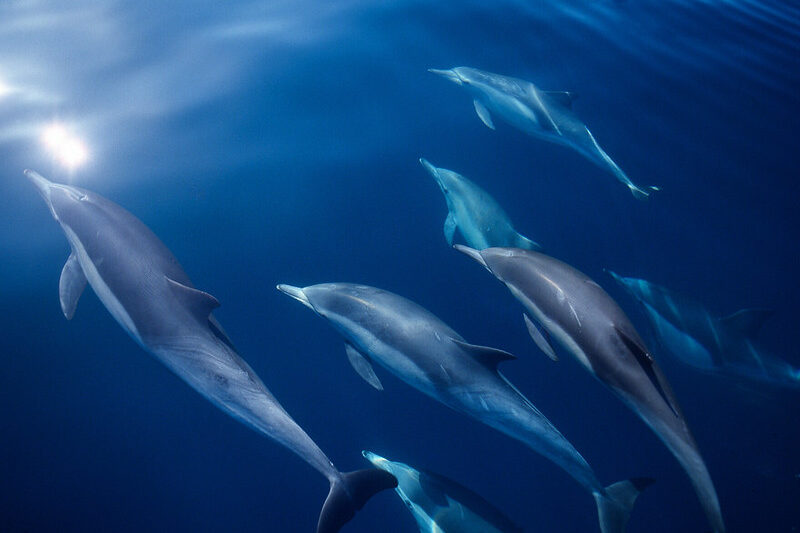
Ever listen to the ocean’s murmur and wonder what secrets lie beneath the waves? It stirs a sense of mystery, doesn’t it, the thought of a hidden world with its own language and stories. Now, imagine technology bridging that gap, artificial intelligence diving into the sonic world of dolphins, those intelligent creatures of the sea. Scientists are developing sophisticated AI algorithms to analyze the complex clicks, whistles, and pulses that make up dolphin communication. This endeavor holds the exciting potential to unlock the nuances of their vocalizations, offering a glimpse into their social structures, emotions, and perhaps even their thoughts.
Marine biologists have long been captivated by the intelligence and social complexity of dolphins. Their intricate vocalizations suggest a sophisticated communication system, but deciphering its meaning has been a significant challenge. The development of AI tools capable of processing and analyzing vast amounts of dolphin vocal data offers a new approach to this puzzle. Experts in animal communication believe that identifying patterns and structures within these sounds could reveal the underlying grammar and semantics of their language.
Cracking the Code
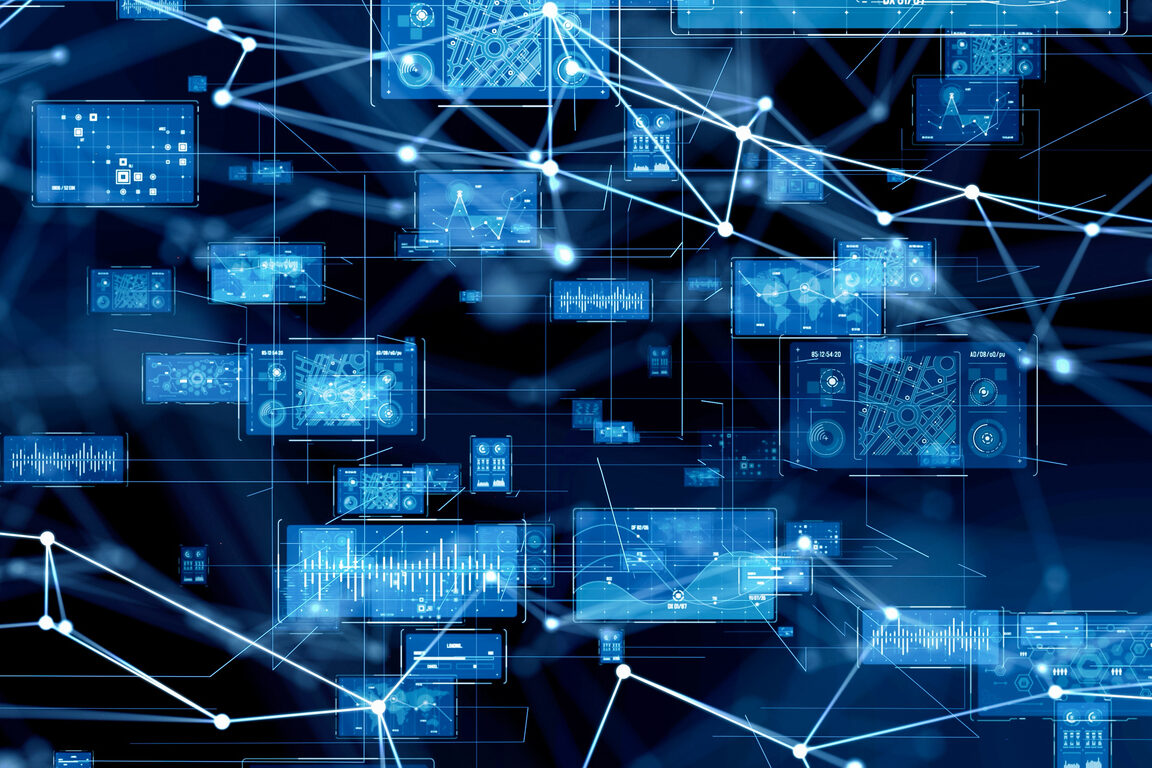
With algorithms keen, a language unseen might soon be understood, a marine communiqué. Doesn’t it make you feel a thrill of discovery, the prospect of finally deciphering a code that has remained unbroken for millennia? Artificial intelligence is proving to be a powerful tool in this quest, capable of identifying subtle patterns and correlations in dolphin vocalizations that would be impossible for humans to detect. By analyzing thousands of hours of recordings, AI algorithms can learn to distinguish between different types of sounds and the contexts in which they are used. This process of machine learning is gradually revealing the building blocks of dolphin communication.
Linguists who study animal communication draw parallels between this work and the early efforts to decode human languages. They emphasize the importance of identifying consistent units of sound and understanding their relationship to specific behaviors or environmental contexts. AI’s ability to process large datasets and identify statistical regularities is crucial in this endeavor. Experts in artificial intelligence note that the development of these algorithms requires a multidisciplinary approach, combining expertise in marine biology, linguistics, and computer science. The potential to crack the dolphin code represents a significant step forward in our understanding of animal intelligence and communication.
Echoes in the Water

Imagine the echoes rippling in the water carrying meaning we could soon perceive. Doesn’t it spark a sense of connection, the possibility of truly hearing what these marine beings are saying? Dolphins communicate through a rich repertoire of sounds that travel efficiently through water. These vocalizations can convey information about identity, location, emotional state, and even warnings about potential threats. AI is helping researchers to isolate and analyze these echoes, filtering out background noise and identifying meaningful patterns within the complex soundscapes of the ocean.
Acoustic biologists explain that dolphin vocalizations vary depending on the species, the social group, and the specific situation. Signature whistles, for example, are unique to individual dolphins and are thought to function like names, allowing them to identify each other. AI algorithms are being trained to recognize these individual signatures and track the movements and interactions of dolphins within a population. This ability to decode the echoes in the water promises to provide unprecedented insights into the social lives and communication strategies of these fascinating creatures.
Bridging the Divide

Technology’s embrace might help us find our place within their world, bridging the divide. Doesn’t it make you feel hopeful, the idea of overcoming the communication barrier that separates us from another intelligent species? For centuries, humans have been intrigued by the intelligence of dolphins, but the inability to understand their language has created a significant divide. AI offers a potential bridge across this gap, allowing us to tap into their world of communication and gain a deeper understanding of their perspective. This could foster a greater appreciation for these animals and inform our conservation efforts.
Experts in interspecies communication emphasize the potential benefits of understanding dolphin language for conservation. By understanding their communication signals related to stress, danger, or social cohesion, we can better protect their habitats and mitigate human-induced threats. Furthermore, gaining insight into their cognitive abilities and social structures can inform ethical guidelines for our interactions with them. Bridging the communication divide with dolphins through AI could lead to a more harmonious coexistence and a greater understanding of our shared planet.
A Symphony of Clicks

Imagine a symphony of clicks holding stories we’ve yet to seize. Doesn’t it make you feel a sense of anticipation, the potential for these intricate sounds to reveal narratives of their lives? Dolphin communication is far more complex than simple calls; it’s a dynamic interplay of clicks, whistles, and pulsed calls that vary in frequency, duration, and pattern. AI algorithms are designed to analyze these intricate variations, seeking to identify the underlying structure and meaning within this sonic symphony. The hope is that by dissecting these vocalizations, we can begin to understand the stories they tell about their world.
Researchers in bioacoustics are using AI to identify recurring patterns and sequences within dolphin vocalizations. They are also exploring the context in which these sounds are produced, correlating specific vocalizations with observed behaviors, social interactions, and environmental conditions. By analyzing these correlations, scientists hope to build a dictionary of dolphin communication, linking specific sounds or sound combinations to specific meanings. The symphony of clicks holds the potential to unlock a wealth of information about dolphin society and their understanding of the world around them.
Learning Their Tongue
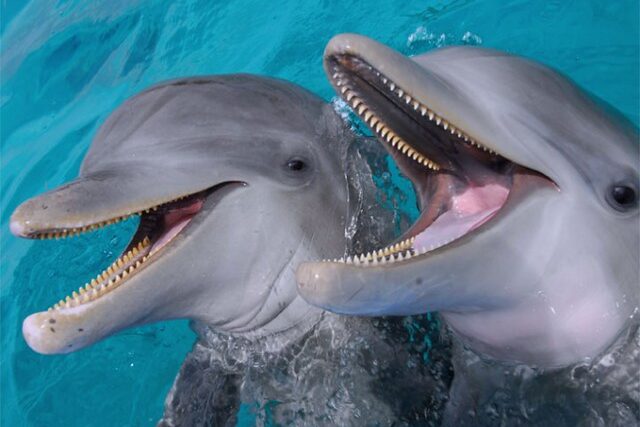
With each analyzed sound, their language profound might soon resound, as AI’s learning is crowned. Doesn’t it make you feel a sense of progress, the gradual unfolding of a complex language through the power of artificial intelligence? The process of AI learning to “speak” dolphin is a gradual one, involving the analysis of vast datasets and the refinement of algorithms. As AI models are trained on more and more dolphin vocalizations, their ability to identify patterns and predict meanings improves. This iterative process of learning and refinement is bringing us closer to understanding their complex communication system.
Computer scientists specializing in natural language processing are applying techniques developed for human languages to the study of dolphin vocalizations. They are using AI models to identify grammatical structures, semantic relationships, and even potential emotional content within the sounds. Experts in cognitive ethology are working in parallel, observing dolphin behavior and social interactions to provide context for the AI’s analysis. The crowning achievement would be the ability to not only understand dolphin communication but also to potentially communicate back in a meaningful way.
Beyond Human Ears
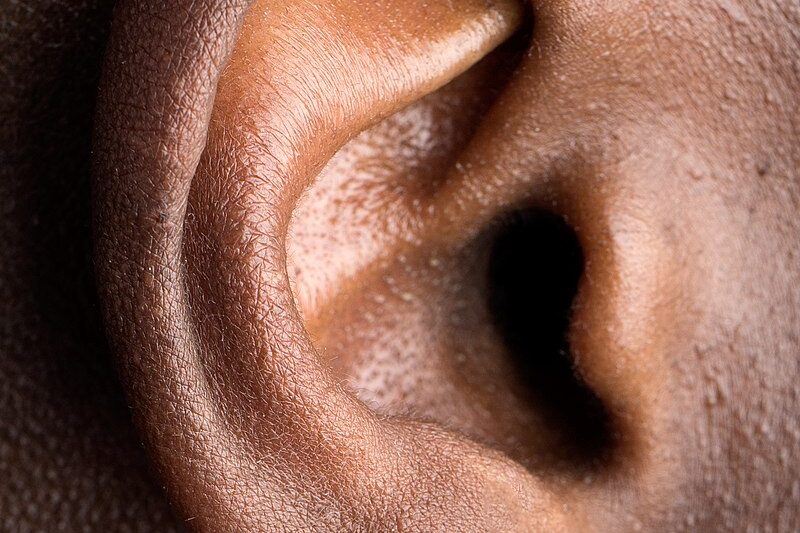
AI can hear nuances beyond human ears, calming our fears of missing what their language steers. Doesn’t it make you feel a sense of reassurance, knowing that technology can perceive subtleties that are invisible to us? Dolphin vocalizations often include frequencies and complexities that are beyond the range of human hearing or our ability to process. AI algorithms can analyze these intricate acoustic features, potentially revealing information that we have been completely unaware of. This enhanced sensory perception offers a new window into the world of dolphin communication.
Experts in signal processing explain that AI can identify subtle variations in pitch, rhythm, and amplitude that may carry significant meaning for dolphins. By analyzing these nuances, AI can potentially distinguish between different emotional states, identify individual speakers with greater accuracy, and uncover subtle social cues that are lost to the human ear. This ability to go beyond human sensory limitations is a key advantage of using AI in the study of animal communication. It allows us to tap into a level of detail that was previously inaccessible.
A Window to Their World

Imagine AI as a window to their world, stories untold might soon unfurl. Doesn’t it spark a sense of wonder, the potential to gain a completely new perspective on the lives of these intelligent creatures? By understanding dolphin communication, we can gain unprecedented insights into their social bonds, their hunting strategies, their navigation techniques, and their understanding of their environment. AI has the potential to open a window into their cognitive world, revealing the richness and complexity of their lives in ways we could only dream of before.
Marine conservationists believe that this deeper understanding can lead to more effective strategies for protecting dolphin populations and their habitats. By understanding their communication related to threats or important resources, we can better mitigate human impacts such as noise pollution or habitat degradation. A window into their world can foster greater empathy and a stronger commitment to their conservation. Unfurling their untold stories through AI could be a crucial step towards ensuring their survival.
The Promise of Connection
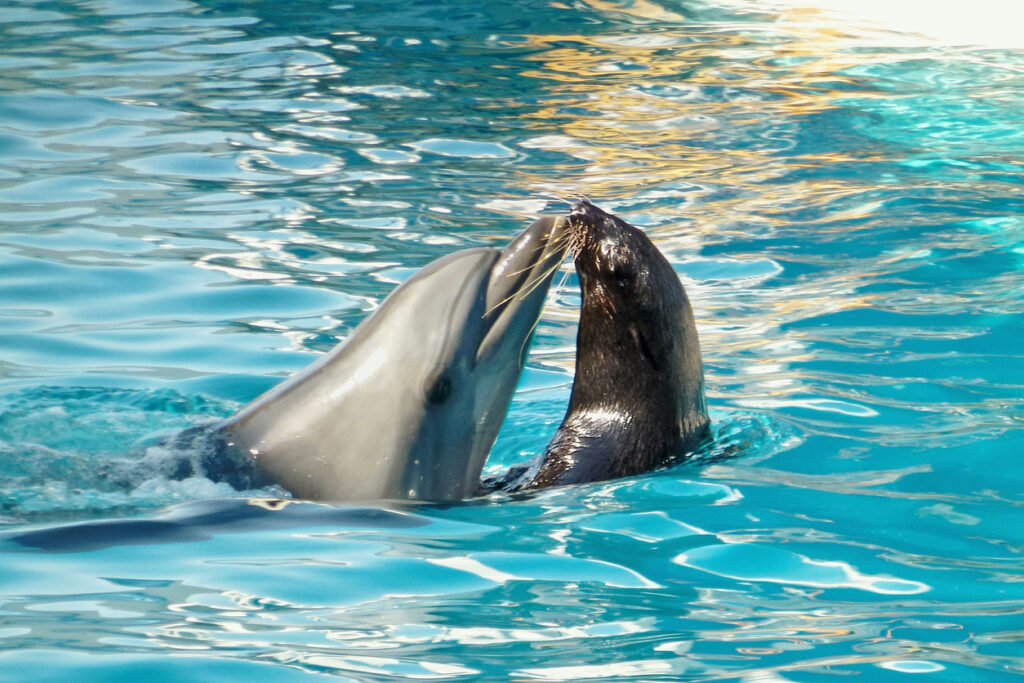
AI holds the promise of a deeper connection, easing our detection of their life’s reflection. Doesn’t it make you feel a sense of hope, the possibility of forging a stronger bond with another intelligent species? True communication goes beyond simply understanding words; it involves empathy and a connection on a deeper level. While AI may not be able to replicate the emotional connection of human interaction, it can provide a pathway to understanding the information and emotions conveyed in dolphin communication. This could lead to a greater sense of connection and a more informed relationship with these marine mammals.
Researchers in human-animal studies emphasize the importance of understanding animal communication for fostering ethical interactions. By gaining insight into their needs and perspectives, we can develop more respectful and responsible ways of coexisting. The promise of connection through AI-mediated understanding could lead to more effective conservation efforts, reduced human-wildlife conflict, and a greater appreciation for the intelligence and sentience of dolphins.
Ethical Currents

Navigating ethical currents with care, ensuring our intent is just and fair in the knowledge we share. Doesn’t it make you ponder the responsibilities that come with this newfound ability to understand another species? As we gain the power to decipher dolphin language, it is crucial to consider the ethical implications of this knowledge. How will this understanding shape our interactions with dolphins? Will it be used for their benefit or could it potentially be exploited? These are important questions that must guide our research and its applications.
Animal rights advocates emphasize the need to prioritize the well-being and autonomy of dolphins. Understanding their communication should be used to protect them and their habitats, not to further human interests at their expense. Ethicists argue for a careful and transparent approach to this research, involving a broad range of stakeholders to consider the potential societal and ecological impacts. Navigating the ethical currents with care will ensure that our pursuit of knowledge is guided by principles of justice and fairness towards these intelligent marine beings.
Speaking Back?

Beyond understanding, could we one day speak back, leaving our own acoustic track? Doesn’t it spark a sense of excitement, the potential for a two-way conversation with another intelligent species? While the initial focus is on understanding dolphin communication, the possibility of eventually communicating back is an intriguing prospect. This would involve not only deciphering their language but also developing a system for encoding human language into a format that dolphins can understand and respond to.
Scientists working on interspecies communication are exploring various approaches to this challenge, including the use of visual symbols or artificial sounds that might be comprehensible to dolphins. However, they caution that this is a complex undertaking that requires a deep understanding of dolphin cognition and their sensory world. The prospect of a two-way acoustic track opens up fascinating possibilities for interspecies dialogue and a deeper understanding of each other’s worlds.
A New Dialogue
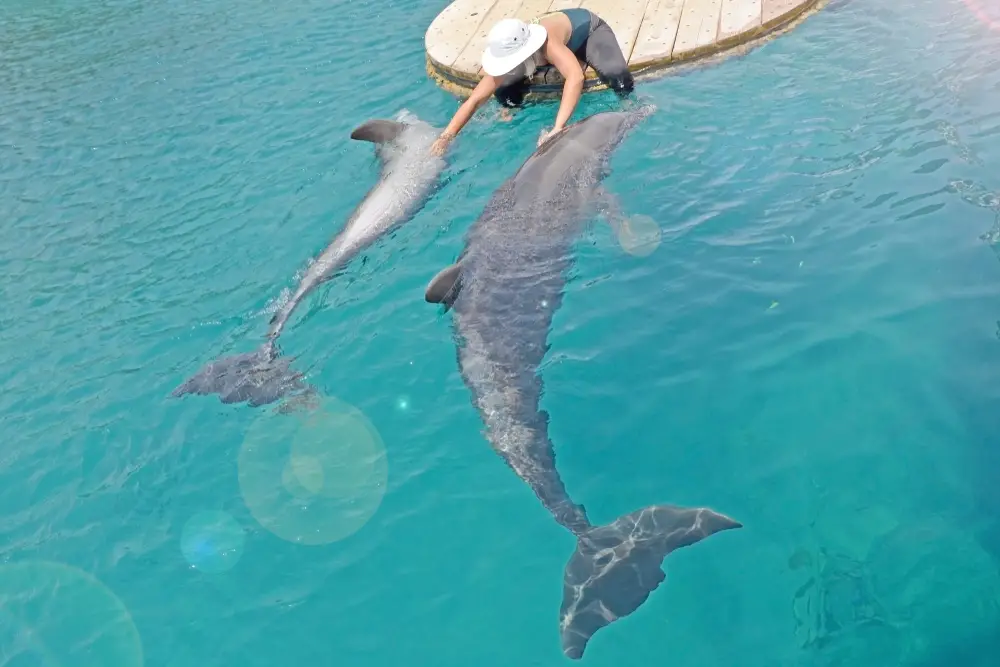
The potential for a new dialogue begins to bloom, dispelling the gloom of a silent ocean tomb. Doesn’t it make you feel optimistic, the hope for a future where we can truly communicate with these remarkable creatures? The development of AI that can understand dolphin language represents a significant step towards a new era of interspecies communication. It offers the potential to move beyond observation and speculation to a genuine dialogue, fostering a deeper understanding and appreciation for the intelligence and complexity of marine life.
This new dialogue could lead to breakthroughs in our understanding of animal cognition, social behavior, and the evolution of communication. It could also inspire new approaches to conservation and environmental stewardship, based on a more profound connection with the natural world. The blooming of this potential dialogue promises to dispel the gloom of a silent ocean and usher in a future where the voices of all intelligent beings are heard and valued.


